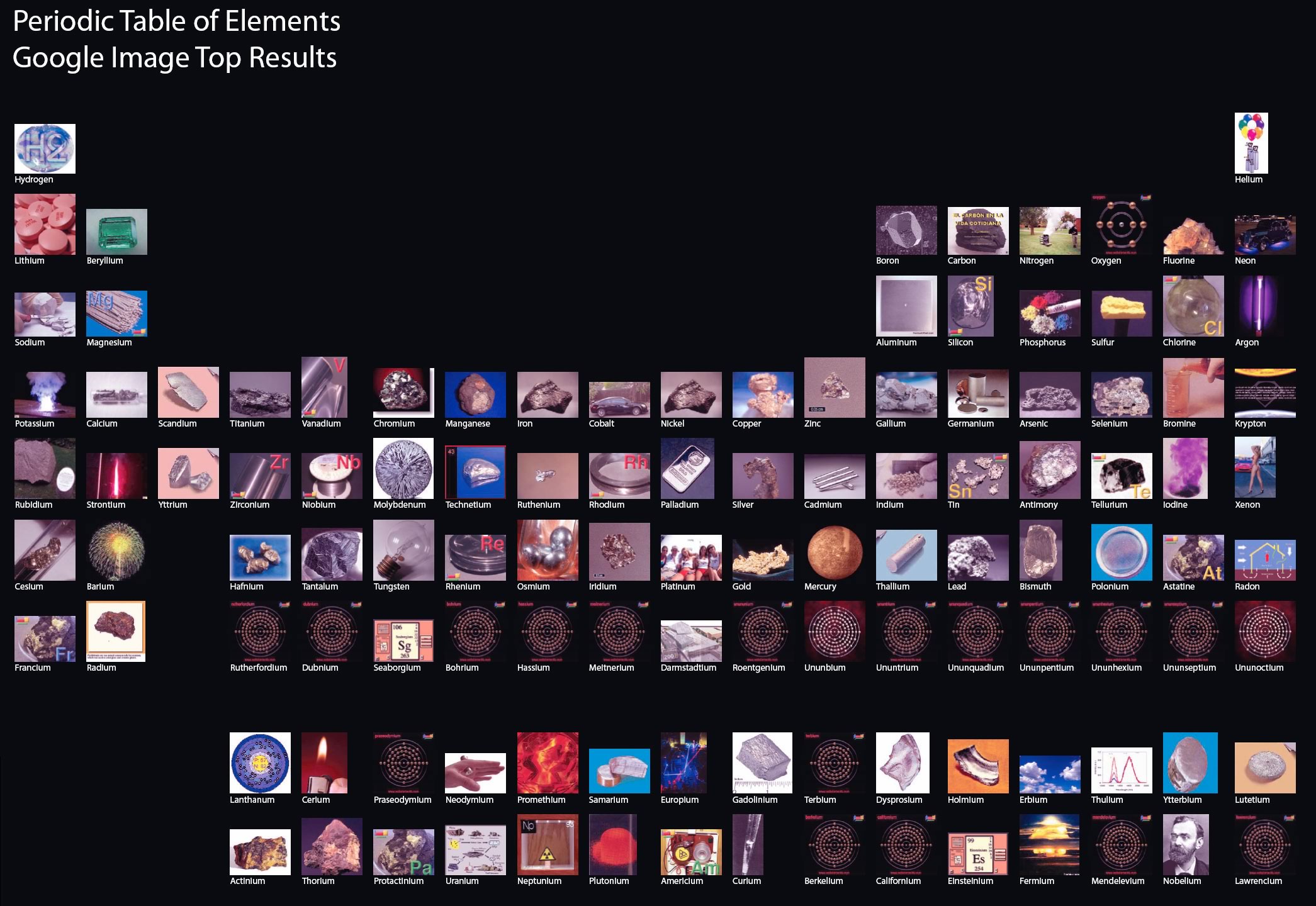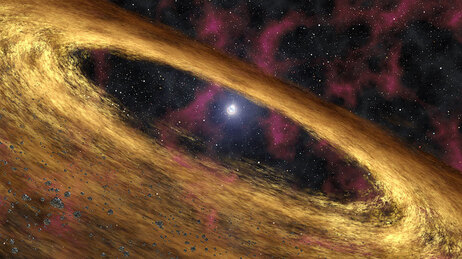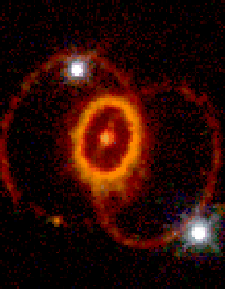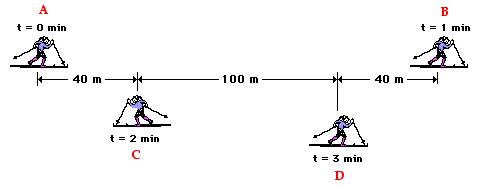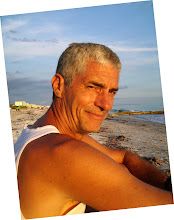"ELEMENTS NECESSARY FOR LIFE" PROJECTTHE ASSIGNMENT: You and your partner have been asked by the American Chemical Society (ACS) to design an advertisement/presenation which promotes an element that is necessary for the health and well being of the human body. You may choose an age group (children, teenagers, adults, or senior citizens) and/or sex (male or female) you intend to target, as the nutritional requirements for your element may change depending on these factors. Pregnancy may also be a factor you need to account for. For example, the daily requirements for the element calcium vary depending on whether you are male or female, and whether you are a child, teenager, adult or senior. In addition to this, pregnant and nursing women have additional calcium requirements for their diet. Not every element will have different RDA’s for each of these different people groups, so you will need to check carefully.
The following is a list of elements that students have had success with in the past:
F, Na, Mg, P, S, Cl, K, Ca, Cr, Mn, Fe, Co, Ni, Cu, Zn, Se, Mo, Cd, Sn, and I.
Several additional elements have proven to be harder but not impossible to successfully research: Li, Si,V, B, Br, and Te.
developed by Michael Geyer
with assistance from Cynthia Bedell
downloaded from The Catalyst (www.TheCatalyst.org)
edited and adapted by Todd ConnerElements Necessary for Life” project
Your advertisement must be presented in such a way that the average reader in your age group will understand it. Do not rely only on text in your presentation. For example, add some visual aids such as tables to convey information, or pictures of foods that your mineral can be found in.
You will prepare a PowerPoint presentation promoting your element.
You will also prepare a Tri-fold, colored pamphlet that could be distributed to your audience.
The following is required information for your advertisement:
- Element name and symbol
- History/Discovery – (who? when? where? )
- Description- basic physical and chemical properties
- Abundance/Sources - (Where is it found? How is it obtained?)
- Biological role
• Recommended daily allowances (RDA’s)
• Main food sources of element
• Why does your body need this element required, how does it help the body?
• Problems if you get too much in your body (include symptoms)
• Problems if you get too little in your body (include symptoms)
• Are mineral supplements containing this element available at the local pharmacy?
(Look specifically for a supplement that only contains the one element, not a multivitamin. Use a multivitamin as a last resort, and let your audience know that you are referring to a multivitamin if you do so.)
• If so, what is the average cost for a daily supplement? (Pay attention to how many pills make up a daily supplement.)
- A bibliography which includes at least three sources (including books, web addresses, magazines, etc.).
When conducting a search for the above information, you will want to search under the name of your element as well as the following: minerals, trace minerals, essential minerals, or macrominerals.
You and your partner will present your information to your classmates in a five minute presentation. You each are required to speak during the presentation. You will be given class time to perform some of your research. However, you cannot hope to complete this project with class time only.
Pamphlet Presentation
Your pamphlet must be designed so that it can be folded into thirds, and will have six panels for presenting your information. The following are the minimum requirements for your pamphlet:
Title panel must show the element name and symbol and a graphic,
Back panel must include your bibliography of at least three sources, with your name at the bottom of this panel, and
You must use some color in designing your pamphlet. Black and white only is not acceptable.
PowerPoint Presentation
For those of you who are computer literate, and have some PowerPoint experience, you may prepare your presentation with PowerPoint. Do not rely only on text in your presentation; add some visual aids. In addition to visual aids, you may also include sound effects or movie clips. Check spelling and grammar, it will count towards your final grade.
You will be allowed to use one of the class computers to make your presentation to the class. Your presentation must be saved on your school provided server space. You should also have it saved to a floppy disk, “just in case”. If you have prepared your presentation at home, be sure that it is compatible with and runs on the school system. In other words try it out before it is your time to present. You will be required to print out a “hard-copy” of your slides and turn it in after your class presentation.
NOTE: If you have any specific questions see your instructor. Do not make any assumptions! If you are unsure about anything, ask. If you would like to add your own creative touch, make sure you get approval from your instructor.
RubricPresentation method
_____pamphlet ______PowerPoint ______video (+10% EC) _______ other/w permission
A. Required Content (20 points)
Element name and atomic number
(2) present ______ (0) not present ______
Atomic configuration (2) present ______ (0) not present ______
RDA’s (if established) (2) present ______ (0) not present ______
Main food source (2) present ______ (0) not present ______
bring in a sample for the class to see
( 1) present ______ (0) not present ______
bring in a sample for the class to taste bonus +2
Why body needs/how it helps body
(2) present ______ (0) not present ______
Toxicity (if applicable) (2) present ______ (0) not present ______
Deficiency (if applicable) (2) present ______ (0) not present ______
Mineral supplements/multivitamin(2) present ______ (0) not present ______
average cost for a daily supplement
(1) present ______ (0) not present ______
Bibliography (2) present ______ (0) not present ______
# sources (0) 0 ______ (1) <3_______ (2) 3 _______ (+1) >3_______
B. Visual Presentation of Content
Picture(s) or drawing(s) included
(5) present ______ (3) minimal ______ (0) not present______
Color included
(5) present ______ (3) minimal ______ (0) not present______
Use of supporting data
(2) present ______ (0) not present ______
Persuasive “selling points”
(2) present ______ (0) not present ______
Typed or written neatly 5 4 3 2 1
Neat/organized 5 4 3 2 1
C. Oral Presentation
Eye contact with audience
(3) good ______ (2) fair ______ (1) poor______
Enthusiasm (as shown to audience)
(3) good ______ (2) fair ______ (1) poor______
Voice projection
(3) good ______ (2) fair ______ (1) poor______
Dress/appearance
(0) normal school dress ______ (+2) dressed up ______
Time (-2) <3 min______ (1) 3-5 min______ (+1) >5 min ______
Summation and Conclusion
(3) good ______ (2) fair ______ (1) poor______
D. Notes (bonus)
(Any extra background or chemistry-related information)
Total Points = ___________ out of _____













